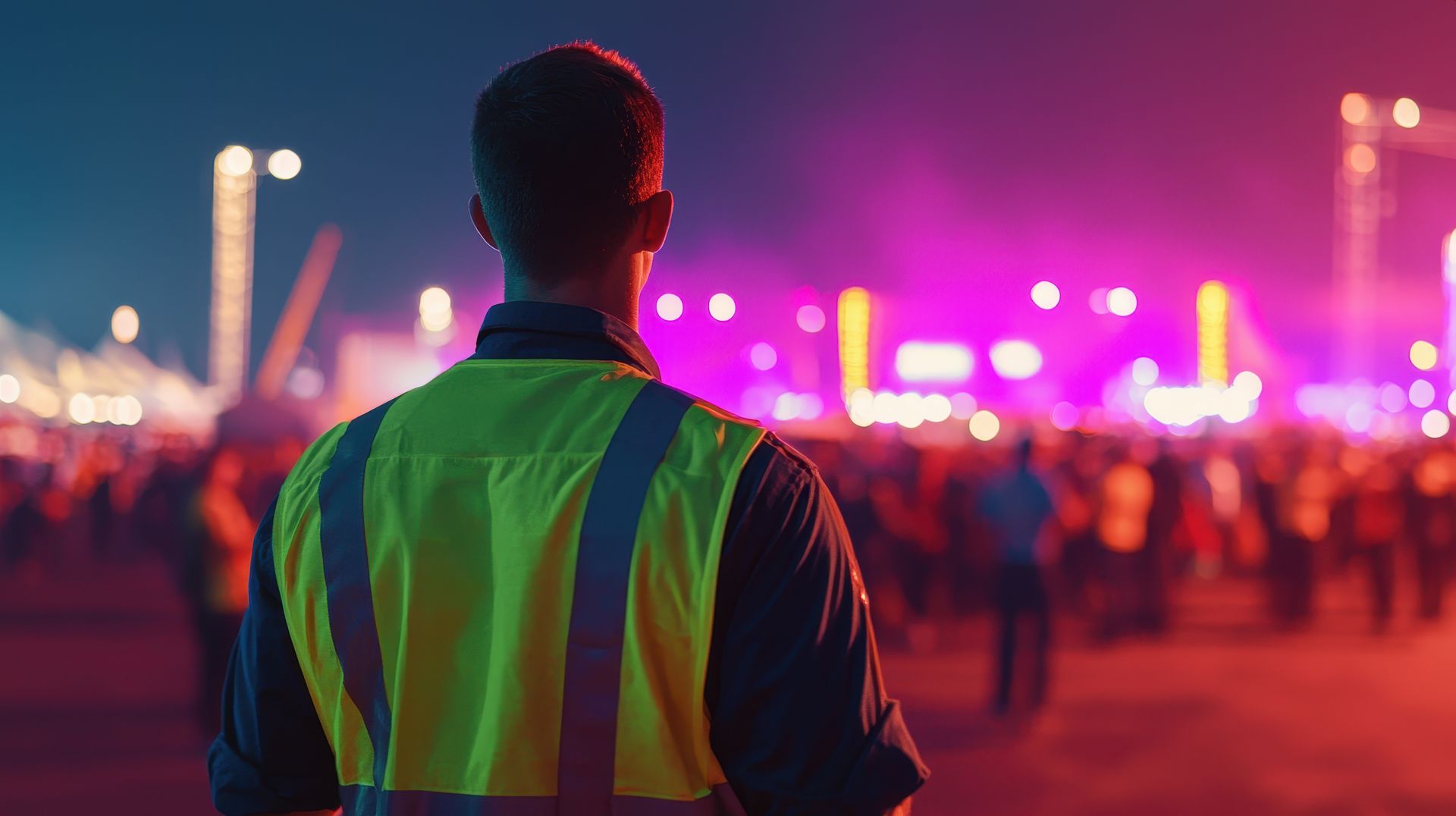Contact
Tell us your details and we'll get right back to you.
Contact Us
Thank you for contacting us.
We will get back to you as soon as possible.
We will get back to you as soon as possible.
Oops, there was an error sending your message.
Please try again later.
Please try again later.

© 2025
Border Midnight Group Pty Ltd
Latest news

By glen
•
March 14, 2025
Burnout is a growing concern in many industries, and the television production world is no exception. With tight deadlines, long hours, and high-pressure environments, production teams are often at risk. However, one overlooked factor in preventing burnout is workplace safety. Safety protocols are not only about physical protection but also about creating a healthy, balanced work environment that reduces stress, boosts morale, and ultimately helps prevent burnout.

By glen
•
March 14, 2025
Whether it's a live concert, a film shoot, or a major sporting event, safety is a top priority. In high-stakes environments where large crowds, complex logistics, and high-pressure situations are the norm, the role of a skilled and experienced safety supervisor is essential. Their expertise ensures the safety of both staff and the public, while also minimizing the impact of emergencies should they arise.
